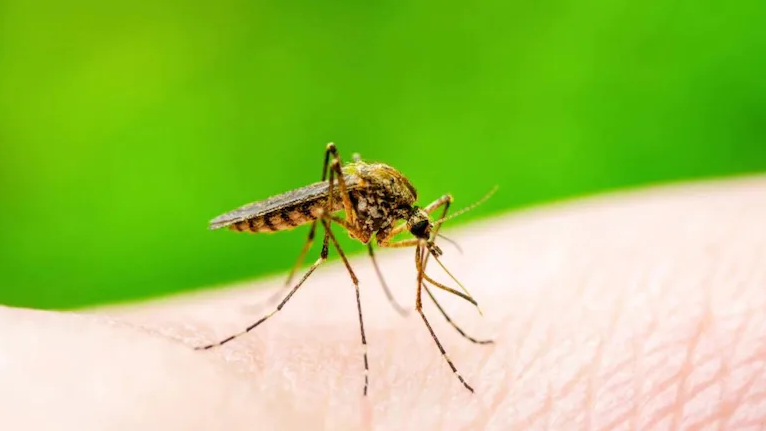In childhood, generally impetuous nature and adventurous spirit combine to encourage participation in physical activities with little thought to immediate consequences, still paradoxically facial injuries in children are much less common than in adults. Above all the immense capacity for healing in children within the shortest possible time with a minimum of complications, the assistance that growth can give, and the inherent ability to adapt to new situations are quite different from what we see in adults. The principles involved in the treatment of facial injuries are the same irrespective of the age of the patient. However, the techniques in children are necessarily modified by certain anatomical, physiological and psychological factors. This article aims to cover comprehensively the review of these modifications and preferable options for the management of Mandibular fractures in these children.
The surgery used to correct a severe malocclusion from a misaligned jaw is called orthogenetic surgery. This includes procedures to move the upper jaw or maxilla forward, backward, or even widen it. It also includes procedures to move the lower jaw or mandible rotationally to correct asymmetry, forward or backward. Orthogenetic surgery is usually completed in conjunction with orthodontic treatment or braces. Most of the time your orthodontist will be the one to refer you to a surgeon to discuss jaw surgery. At times adjunctive procedures are completed to ensure symmetry and harmony of the facial profile, which can include chin surgery or Genioplasty as well as cheek augmentation or molar implants.
Mandibular fractures usually occur secondary to trauma, although pathologic fractures during dental procedures are not uncommon. A traumatic etiology means that serious concurrent injuries are commonly requiring prompt clinical attention, notably to the brain, maxilla, and chest. An expanded discussion of head trauma and preoperative stabilization is presented in the next lecture 'Fractures of the Skull and Maxilla.' However, it is important to note that management of life-threatening injuries and normalization of patient physiology is paramount before surgical stabilization of Mandibular fractures. This discussion will focus on principles of dentistry and fracture biomechanics for the surgeon.
Palpation of the jaw inside and outside the mouth can assist in oral visual assessment. Fractures are often open with obvious mucosal defects. Preoperative broad-spectrum antibiotic administration is recommended.1 however, providing the surgical reduction is mechanically stable, infections are less common due to the excellent blood supply of the mouth. Any instability of the fracture repair will create the conditions ideal for infection. Imaging involves the use of either intraoral film to acquire views of the arcade or conventional radiographic views (lateral and Dorsoventral skull, and lateral oblique views). Complex fractures are best visualized with computed tomography.
Without a thorough understanding of the dental components of treating oral disease, iatrogenic oral pain is a possible sequel. Small animals, especially dogs, appear to cope well with chronic oral pain but that does not mean that the impact of that discomfort on an animal's welfare is not as distressing as our own. Therefore, a discussion of the important dental attributes of successful Mandibulo-maxillofacial trauma treatment is indicated.









